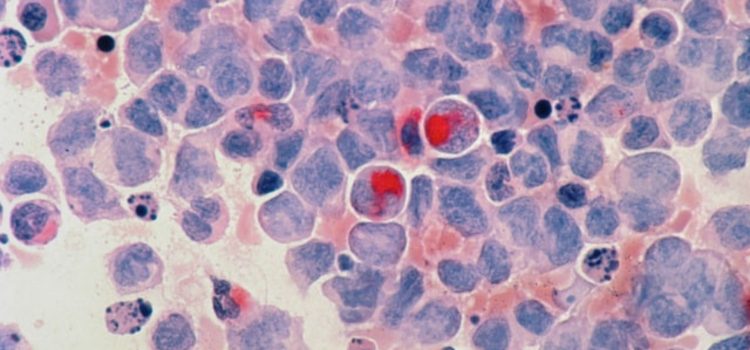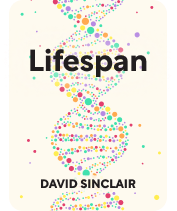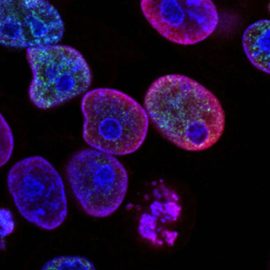

This article is an excerpt from the Shortform book guide to "Lifespan" by David Sinclair. Shortform has the world's best summaries and analyses of books you should be reading.
Like this article? Sign up for a free trial here .
What is senescence? What role do senescent cells play in aging? Is it possible to reverse senescence?
As we get older, our cells start to shut down by entering senescence—a permanent cell cycle arrest where cells stop dividing but don’t die. Biologist David Sinclair believes that destroying those cells before they cause too much damage can significantly extend both life and health.
Here’s how senescent cells contribute to aging.
Killing Senescent Cells to Preserve Other Cells
What is senescence? Cells that are no longer able to divide, or that suffer genetic or epigenetic damage too severe to repair, can enter senescence: They don’t function anymore, but they also don’t die when they should (leading some researchers to refer to them as “zombie cells”). Furthermore, senescent cells can cause other cells to enter senescence, so the process only accelerates once it’s begun.
Sinclair says that senescent cells send out chemicals that cause inflammation in surrounding tissue, which is associated with symptoms of aging. Therefore, it seems likely that senescent cells are responsible for many of the negative effects of old age.
Researchers found that destroying senescent cells in mice extended their remaining lifespans by a third or more and reversed many of the effects of aging; in theory, the same principle should apply to humans. To that end, researchers began testing senolytics (“senescence destroyers”) on people in 2018, though Sinclair says it could be years before we have any conclusive results about their effectiveness and safety for human patients.
The State of Senolytics
Developing therapies to kill senescent cells is a part of the scientific quest to slow down aging and increase both lifespan and healthspan. The Mayo Clinic began human trials of senolytics in 2018. Four years later, Mayo Clinic’s website shows that at least one trial is currently in phase 2: assessing safety, effectiveness, and best practices for the treatment.
Phase 3 involves testing the treatment on large numbers of people and comparing it to current treatments. After this, the product will be ready to go to market. An optional phase 4 trial would later study the long-term effectiveness and safety of the new treatment.

———End of Preview———
Like what you just read? Read the rest of the world's best book summary and analysis of David Sinclair's "Lifespan" at Shortform .
Here's what you'll find in our full Lifespan summary :
- Why biologist and geneticist David Sinclair believes old age is a curable disease
- The potential problems of a world where people never die
- How the elderly stifle the economy






